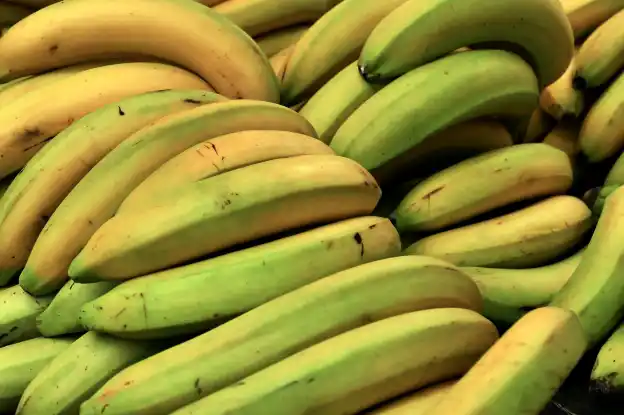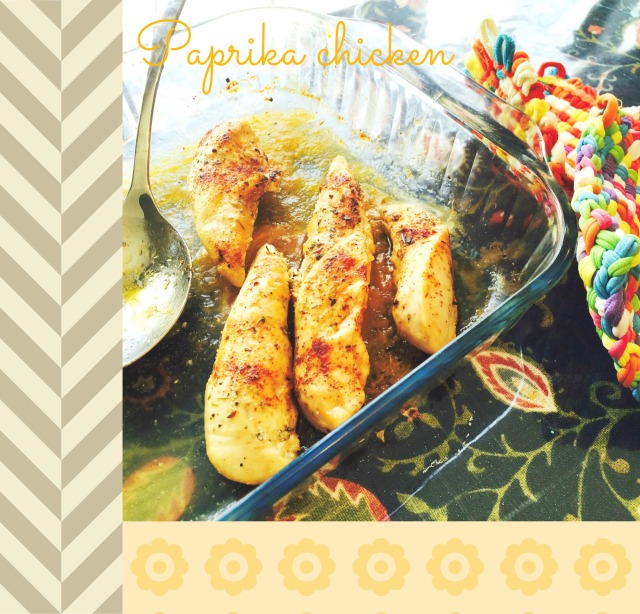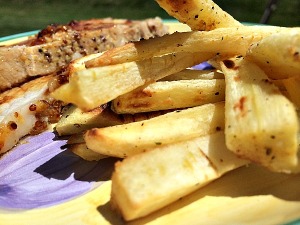Listen, you’ve heard the term hypoallergenic as it relates to your jewelry, your skin care products, and your laundry detergent, but have you ever thought about the food you eat? Have you ever thought about if what you eat is hypoallergenic? No, no. NOT sterile. Hypoallergenic doesn’t mean sterile!
You don’t blink an eye when a friend says, “Oh, I can’t wear cheap earrings. My ears get sore.” You get that! We can all relate to people needing hypoallergenic jewelry or skin products. But have you ever thought about the food you eat and whether or not it’s hypoallergenic to your system?
Yes, indeed! Just like these external substances can lead to immune reactions, so can the food you eat! However, the food you eat leads to a chain reaction of internal immune system activation that doesn’t just sit right there at the gastrointestinal (GI) tract.
You have immune cells lining the intestines which sample the foods you eat and decide whether or not they like it. Whether you like the food doesn’t matter. Whether the food you eat is healthy or not doesn’t matter. If the immune cells sample it and don’t like it, they are going to send out signals (histamines, prostaglandins, interleukins, interferons, and other cytokine signals) in the blood stream which can affect any organ system in your body: you stomach, your brain, your skin, your reproductive system, your lungs, your connective tissue (joints, as an example), your thyroid.
My Oligoantigenic (What!?!?) Diet
When I first started down this fascinating nutrition avenue a little over four years ago (from a classic diet of cereal for breakfast, a sandwich for lunch, and pizza or pasta for supper), one of the first things I learned about and tried was an “oligoantigenic diet.” I had read that some people with the same gastrointestinal malady that I suffered from had been treated in a medical research study with an oligoantigenic diet!
What in tarnation is an oligoantigenic diet? I’d never heard of that! Basically, it is a strict, hypoallergenic diet that allows only foods which are accepted to be very mild on the body’s immune system. Once I figured out that I could think of an oligoantigenic diet as a type of “hypoallergenic” diet, I got it! Choose foods which cause the least known reactions! For those of you familiar with a strict elimination diet, you know what I’m talking about here too.
So I started on a (miserable) diet consisting of three foods which don’t seem to rile up people’s immune systems too much: lamb (I didn’t even like lamb), plain sweet potato (I had only ever eaten those as fries), and white rice (which I had never eaten plain). Did I mention it tasted miserable? But persistence led me on a food journey of a lifetime (for a lifetime). And as I’ve heard it said, “I didn’t know I was feeling so bad till I started feeling so good!”
An oligoantigenic diet (or hypoallergenic diet) is NOT meant to be a long-term diet. A person starts with a small group of 3-5 foods and builds from there, learning to observe signs and symptoms that tell him or her that a particular food category raises immune reactions (by observing for headaches, GI changes, spikes in fatigue, skin rashes, and other clues).
The Pesky Foods
Never once going through pharmacy school, medical school, residency, and hundreds of hours of continuing education did I ever hear about a hypoallergenic, oligoantigenic diet or even an anti-inflammatory diet. (I was served plenty of donuts, bagels with cream cheese, and pizza, though.) It took me going after my own health to learn about nutrition.
Since my oligoantigenic diet, I’ve done a lot more reading. What I’ve found is that the same foods that doctors KNOW are immune provoking because they cause true, life- threatening food allergies, are the same foods that can be removed to lighten the load of a body stressed by health problems. By removing known immune-provoking, inflammmatory-producing foods, the body gets a rest from the prostaglandins, histamine, interleukins, interferons, and other cytokines that it makes in response to something it thinks is harmful.
Although any food can cause allergic and sensitivity issues, there are eight foods that are medically known to cause the majority of the reactions. Why? These foods have what I call “pesky proteins.” They have proteins in them that have very, very strong bonds, making them difficult for our digestive tracts to break down. The better food is broken down into its smallest parts in our intestinal tracts, the less inflammatory it is to us.
The pesky eight foods are:
Peanuts
Tree nuts
Milk products
Egg
Wheat
Soy
Fish
Shellfish
These are the common drop-dead if you eat them allergenic foods. But I’m not talking about drop-dead allergies here. I’m talking about you and me and Mr. Smith walking around with headaches, bloating, fussy guts, allergies, asthma, psoriasis, eczema, depression, fatigue, puffy eyelids, puffy faces, coronary artery disease, increasing forgetfulness, dry and itchy eyes, chronic sinus problems, joint pain–do I HAVE to keep going? I sure can. Sometimes by simply eliminating the above food categories (with NO cheating), a person can gauge how much food is affecting their health.
Enter Anti-Inflammatory Diets
Since trying my three ingredient, hypoallergenic diet, I’ve discovered a whole world of anti-inflammatory type diets, which aren’t as strict as an oligoantigenic (hypoallergenic) diet. I find it fascinating that these diets often eliminate the Pesky Eight foods, capitalizing on what we know about the immune system and health! However, anti-inflammatory type diets incorporate and expand further on the idea of the immune system and inflammation in the role of health problems.
Each named anti-inflammatory diet (sometimes called autoimmune diets) has its own unique quirks. In general, though, these diets do three things.
- Eliminate most of the Pesky Eight foods (although seafood is usually encouraged if a person knows they are not truly allergic) and a few other problematic foods which don’t make the top eight. (Things like corn, any gluten grains, beef, chocolate, citrus, tomato, and beans)
- Eliminate processed foods, refined foods, including sugars.
- Include abundant vegetables and fruits.
Anti-inflammatory diets (autoimmune diets) seek to eliminate the most common food problem causers and also try to bring in food problem solvers.
Conclusion
Diets in general can be overwhelming, and when they talk about restricting food groups, diets can be downright terror-provoking. As I’ve journeyed away from an oligoantigenic elimination diet, my own diet landed very similarly to many of these anti-inflammatory type diets. It wasn’t by choice and planning. That’s just how it fell. I can’t eat many of the Pesky Eight foods and feel good doing so. My body likes hypoallergenic food best.
I hear a lot of people say that no good diet restricts food groups. I really, really understand what they’re saying. However, LOOK AT THE PESKY EIGHT! They are good, healthy foods!!!!! But if the GI tract immune system triggers a cascade that sets the rest of the body on edge, you’re not going to feel good.
So please, when someone says they can’t eat dairy or wheat, give them a break. When they say they can’t eat eggs or beef, give them a nod. It’s just as frustrating for them as it is you. And if you have any nagging health problems, talk with your doctor about a dietary referral to see if an oligoantigenic food trial helps you gain control of any of your issues.
Don’t use anything on my site as medical guidance or instruction. I hope it sparks curiosity to help you want to learn more. And, oh yes, I like to think that for most people, autoimmune type diets can be expanded with a whole health approach.
Be well. Be curious.
Terri

![By NMajik at en.wikipedia (Own work (Original caption: “Source: Self”)) [Public domain], via Wikimedia Commons](https://thehomeschoolingdoctor.files.wordpress.com/2017/01/almonds.jpg)



 It’s so easy to let jealousy torment you when your husband loses 30 pounds eating very low carb (while sneaking in Snicker bars)–and you only lose 5 and swear it makes you manic. Why does it work this way?
It’s so easy to let jealousy torment you when your husband loses 30 pounds eating very low carb (while sneaking in Snicker bars)–and you only lose 5 and swear it makes you manic. Why does it work this way?





